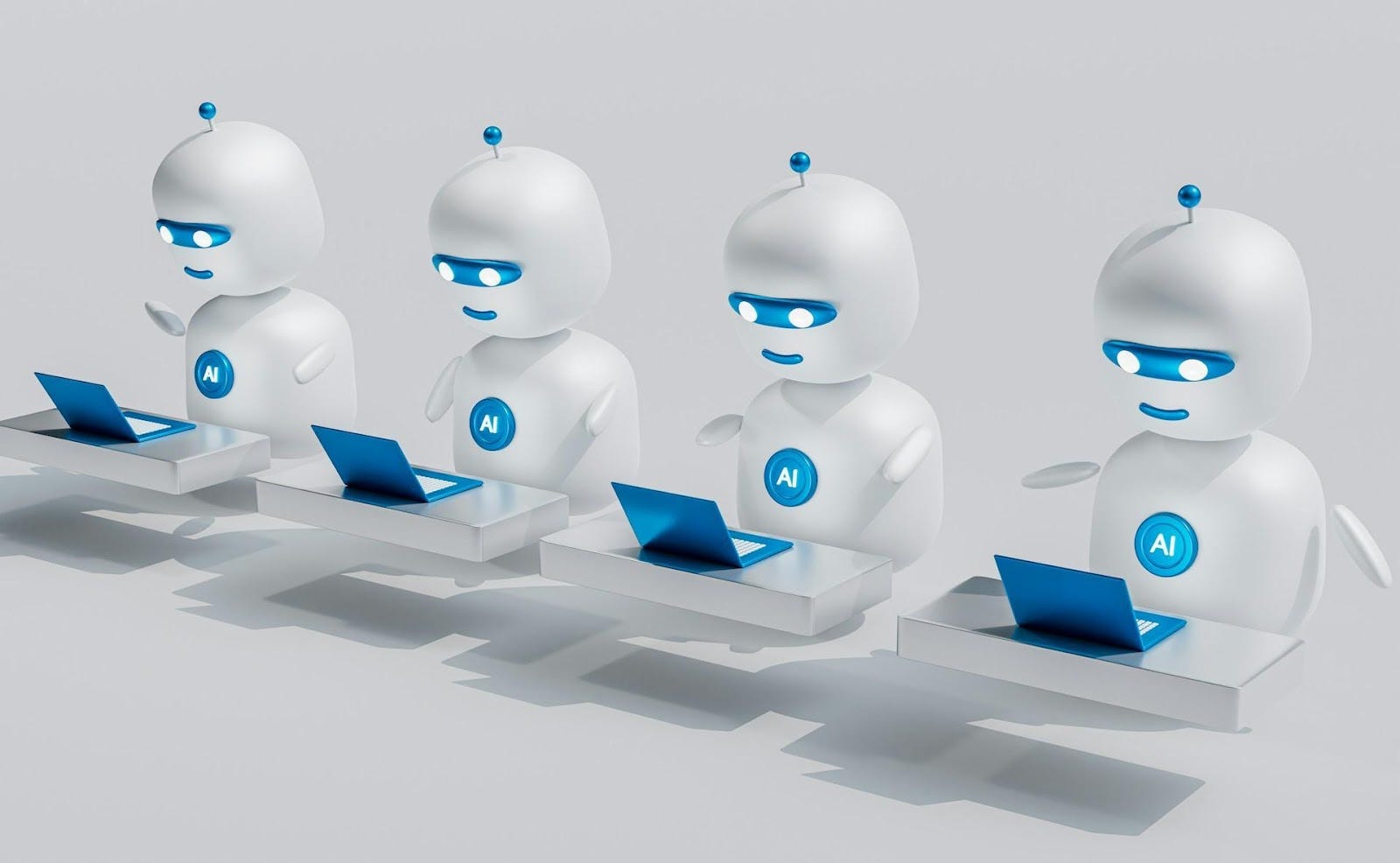Let's face it: customers want answers, like yesterday. And nobody (and I mean nobody) wants to wait on hold forever or dig through an FAQ page or an entire knowledge base. That's why AI-powered chatbots exist. These digital workhorses are boosting customer satisfaction and saving businesses time and money - but only if they're done right.
Consider an e-commerce site. A chatbot can guide a customer through the buying process and then go the extra mile by suggesting similar products they might like based on their purchase. See what I mean? This is about making your chatbot a proactive part of the customer experience, not just a reactive question-answering machine.
Let's break down how you can make this tech work for you.
What's the Big Deal with AI Chatbots?
AI chatbots are like your super-efficient virtual assistants. They use natural language processing (NLP) to understand your customers' questions and respond with helpful info.
Here's what they bring to the table:
- Always On: They work 24/7, ready to help even when your team is off the clock.
- Cost-Saving Champs: They can handle a ton of routine questions, freeing your human team for the complex stuff.
- Scale, Scale, Scale: As your business grows, your chatbot can easily handle more requests.
Designing a Chatbot That Doesn't Suck
Think of your chatbot like a store employee: you want it to be friendly, helpful, and get the job done. Here's how to nail the design:
- Know Its Purpose: Are you using it for lead generation, order tracking, or tech support? Focus keeps things on track.
- Personality Matters: Dry and robotic? No thanks! Give your bot a voice that fits your brand.
- Keep it Simple: Don't overcomplicate conversations. Get customers the info they need fast.
Tools of the Trade
Lucky for us, there is no need for a hardcore PhD to build a chatbot. You only need to choose the right chatbot platform. Think of it like this: you wouldn't use a wrench to hammer a nail, right?
Here's a quick list of top platforms:
- Dialogflow (Google): This is the go-to for many projects. It's incredibly intuitive - even if you're not a senior developer, you can get a solid bot up and running. It plays well with other Google tools, has solid language support, and offers free and paid tiers to suit your needs.
- IBM Watson: This is where the big guns come out. Watson is known for its powerful AI capabilities and for handling tons of different languages. If you have complex chatbot needs, multilingual support is key, or you're a larger enterprise, Watson's worth a serious look.
- Microsoft Bot Framework: This one is for developers who like to roll up their sleeves. It gives you a ton of flexibility and customization options. If you need a bot to integrate with your specific systems in unique ways or want full control over the experience, this framework will let you geek out.
A Note on "No-Code" Builders
See those ads for builders promising chatbots in minutes? Be cautious. They're fine for super basic stuff, but if you want a bot that truly improves your business long-term, investing a little time into learning one of the major platforms will pay off big time.
The Steps to Build Your Bot
Let's take Dialogflow as an example. Here's the basic flow:
- Intents: These are what your users want to do ("Get a refund," "Book an appointment").
- Entities: The specifics ("My order #1234," "For next Tuesday").
- Train It: Feed your bot examples of how people might phrase things.
- Integrate: Hook it up to your website, Facebook Messenger, etc.
Train Your Bot to Be a Star
A chatbot is only as good as the data you give it. Here's how to ensure yours gets an A+:
- Collect Real Conversations: Use transcripts to see how customers actually talk.
- Iterate, Iterate, Iterate: Keep feeding it new examples and tweaking its responses over time.
- Metrics Matter: Track how many questions it answers successfully vs. where it gets tripped up.
And finally, for a helpful, non-robotic chatbot experience, make sure your training data and chatbot responses are original. An AI plagiarism checker can help you maintain this uniqueness.
The Wrap-Up
AI chatbots are changing the game in customer service. By designing a well-structured bot, choosing the right tech, and committing to ongoing training, you'll create a virtual helper that will save you time, boost satisfaction, and contribute to the bottom line. The AI revolution is here - don't get left behind.
